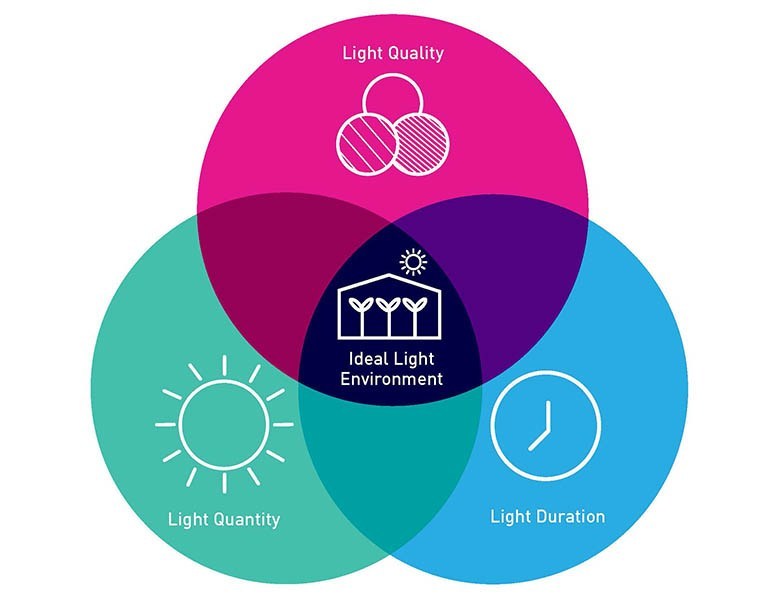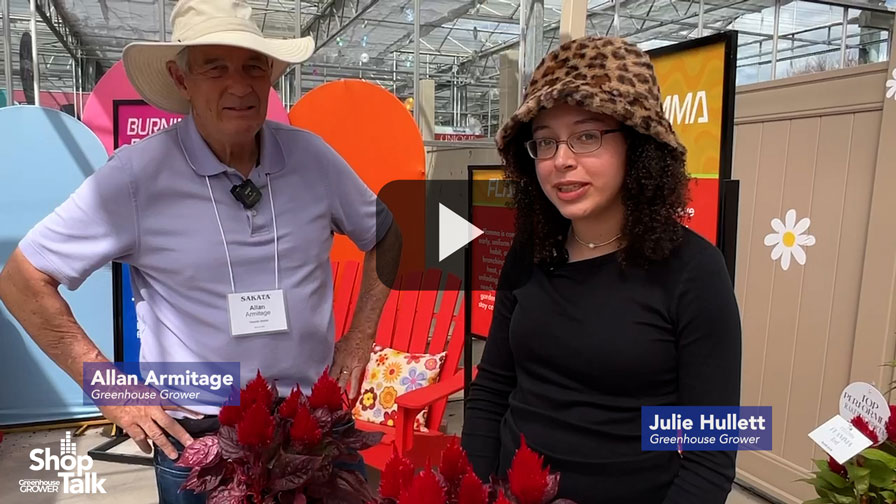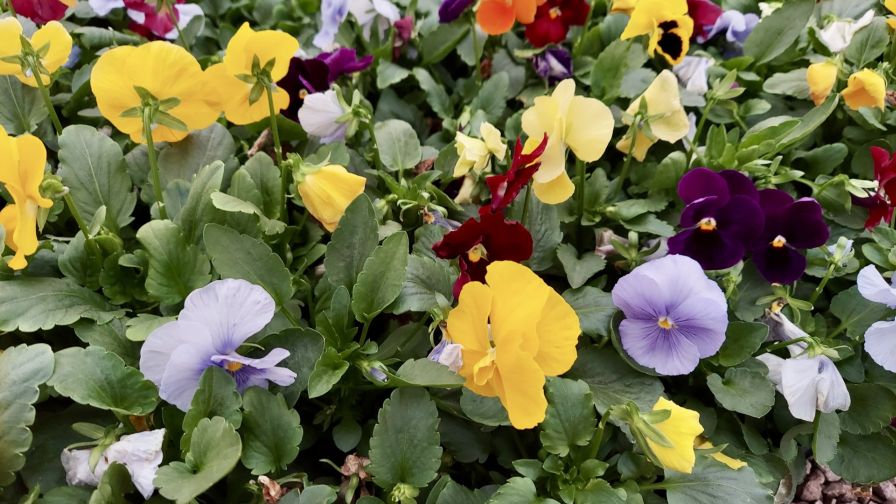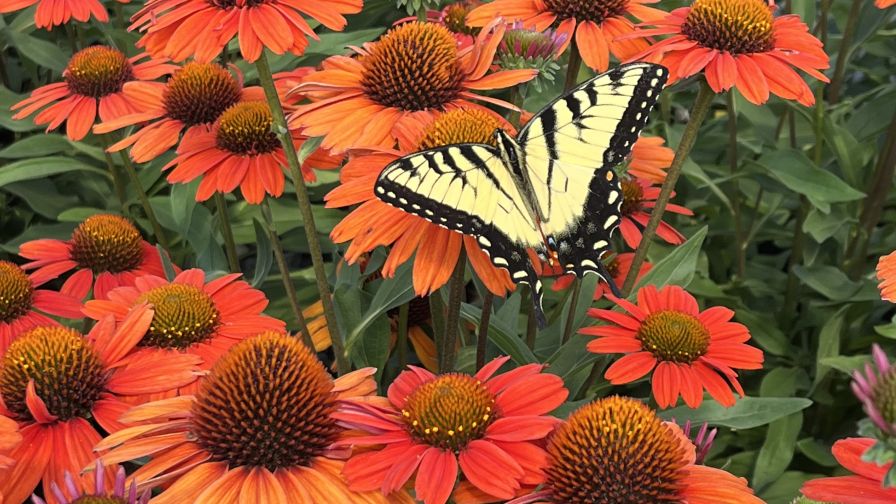How You Can Create an Ideal Light Environment for Your Greenhouse Crops
 There are three characteristics of light growers should consider, according to the lighting company LumiGrow, when designing the ideal light environment for their crops: light quality, light quantity, and light duration.
There are three characteristics of light growers should consider, according to the lighting company LumiGrow, when designing the ideal light environment for their crops: light quality, light quantity, and light duration.
Once you understand how these characteristics work together, you can optimize your lighting environment to grow healthy, uniform crops, and benefit from year-round production, increased yields, and shorter harvest cycles.
Light Quality
Light quality is the wavelengths of the light reaching your crop. Light for crop production comes primarily from the photosynthetically active radiation (PAR) waveband of the light spectrum. PAR includes wavelengths of between 400 and 700 nanometers (nm). These wavelengths drive photosynthesis, the chemical process that drives plant growth. LED technology allows you to provide your plants with the wavelengths of light that are most useful to them.
While we currently focus on wavelengths in PAR (400-700 nm) for photosynthesis, there is emerging evidence that wavelengths outside of this waveband can contribute to photosynthesis. As LED research continues, we may see a change to the boundaries of the PAR region in the future.
Light Quantity
Light quantity is the total amount of light that hits your crop. Indoor agriculture measures light quantity in PPFD. PPFD is the number of micromoles of light that hit any given square meter of your crop each second.
Every crop has an ideal PPFD that it requires for optimal growth. This light requirement reflects the plants’ natural habitats. For example, plants that grow on forest floors, like orchids, have lower PPFD needs than tomatoes that grow in open valleys.
An ideal light environment achieves your crop’s target PPFD without exceeding it and distributes light uniformly across the plant canopy. This ensures that your crop’s growth is similarly uniform.
Overlighting your crop can cause plant damage and wastes energy. For example, overlighting lettuce can cause tip burn, which makes the damaged plants more difficult to sell.
Light Duration
Light duration is the number of hours of light that your crop receives. Light duration is also called photoperiod. Photoperiod controls flowering, dormancy, and other biological responses in many plants.
Click here for more information from LumiGrow on creating an ideal light environment.










